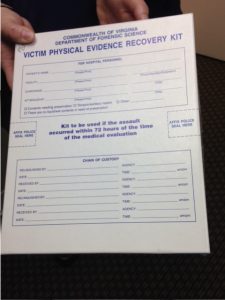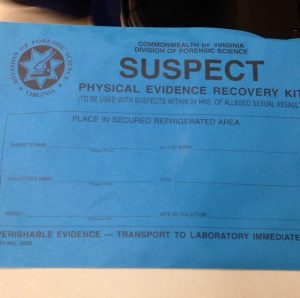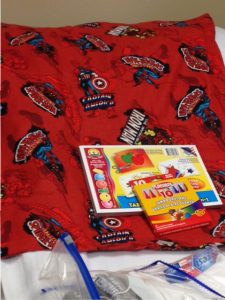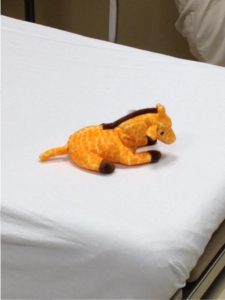If your plot involves any sort of violent crime, whether you’re a mystery/crime writer or not, you should know forensic nursing. In broad terms, forensic nursing is where the healthcare system and the legal system intersect.
 Photo credit: KOMUnews via Visual Hunt / CC BY
Photo credit: KOMUnews via Visual Hunt / CC BY
Forensic Nurses’ Role
Survivors of violent crimes typically come through the ER, where their medical needs are taken care of—setting broken bones, stitching wounds, etc. Ideally, the patient spends as little time as possible in the controlled chaos and tension of the ER; the goal is no more than 45 minutes.
Then they are escorted to a quiet, comfortable room furnished much like a small living room, but with drinks and snacks as well as TV. Anyone accompanying the patient would typically wait here during the examination. The area is secured, and only people the patient chooses to bring are allowed into the room. These people might be family or, perhaps, a trained volunteer from an organization such as Hanover Safe Place, which supports survivors through what is inevitably a traumatic time at the hospital.
The patient then meets with a forensic nurse. The forensic nurse’s role is to record the details of the crime and collect physical evidence. This process typically takes 3 to 4 hours.
Forensic Nurses’ Work
Background information comes first, including general medical history as well as questions about any injuries, surgeries, diagnostic procedures, or medical treatments that might affect the physical finding. But then come pages of more detailed and focused questions. For example, in cases of sexual assault, not only question about the assault itself and perpetrator(s) but also about the date, time, type, partner’s race, and relationship of last consensual intercourse; and since the assault, whether the patient bathed or showered, douched, brushed teeth, defecated, urinated, vomited, wiped or washed affected area, changed clothes, or had consensual intercourse.
For strangulation cases, they ask how the patient was strangled—one-handed, two-handed, knee, forearm, ligature—how long it lasted, and whether there was more than one incident.
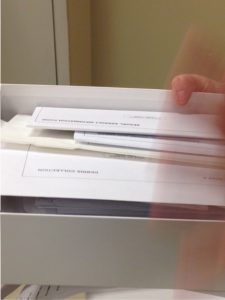
A danger assessment is conducted as well, focusing on whether the violence is escalating in severity or frequency, whether weapons (especially guns) are available and/or used, drug or alcohol use, presence of children, and control of the survivor’s daily activities and social interactions.
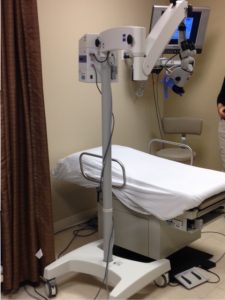
The Physical Exam
Although the verbal data are crucial, the physical exam is central to forensic nursing. Samples of blood, urine, hair, and swabs of orifices are taken. Specialized equipment is available. Photographs are taken. Hair is combed, nails cleaned and clipped. The patient stands on a plastic sheet to remove clothing, to catch any random debris.
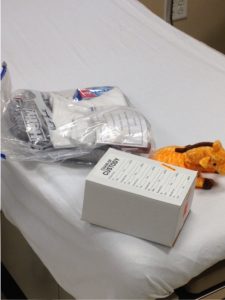
Chain of custody must be carefully controlled and documented.
Children have special treatment as well. They are given a toy that they can keep. They’re also given tablets and pencils or markers to draw pictures that can help in understanding the assault. Sometimes an outline of a person is presented for the child to mark where he or she was touched or hurt.
Improving Forensic Nursing and the Patient’s Experience
Improvements and refinements are always in progress. Once upon a time, a survivor might be asked to detail the crime by a dozen different people. Now recounting the crime waits for the forensic nurse, diminishing the impact of reliving it.
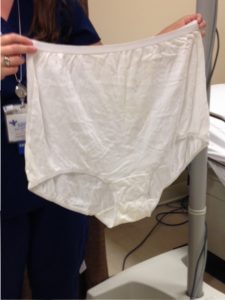
When a patient’s clothes are taken in evidence, they are given generic going-home clothes. These are grey sweatpants, t-shirt, and—until recently—the granny panties pictured above, one size for all. A college student survivor said that having to wear those granny panties made her feel violated all over again.
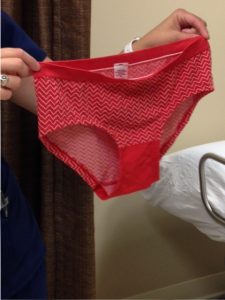
She organized her sorority sisters to provide hundreds of pairs of new panties in varied colors, styles, and sizes. All of the clothing provided to survivors is donated. Should you or your group want to donate new clothes, new toys, child pillowcases, gas cards, food cards—or money!—here’s your contact. And, by the way, she gives talks about the program.
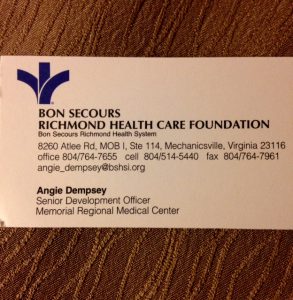
History of Forensic Nursing
Forensic nursing is a relatively new medical specialty. In 1992, 72 registered nurses—mostly sexual assault nurse examiners—came together to form the International Association of Forensic Nurses. Since 1993, Bon Secours Forensic Nursing in Richmond has served survivors of sexual assault, child sexual abuse, and domestic violence. Now a team of 10 full-time nurses work with 26 agencies to serve survivors of any type of violent crime.
Bon Secours is atypical. There are over 300 hospitals in Virginia, and many of them have no full-time forensic nurses. Therefore, patients from all over central Virginia can end up at Bon Secours. They assist more than 2,200 patients per year.
Additional Facts For Writers
- Forensic nurses have from one to three certifications beyond the RN degree, which are essential for presenting expert testimony.
- Approximately 9% of patients are male.
- Patients are 50/50 adults and children.
- In descending order, the busiest days for forensic nurses are Monday, Friday, Wednesday, and Sunday.
- Rush hour starts at 11:00 a.m.; the slowest times are 2:00 a.m. to 7:00 a.m.
- Most forensic nurses are recruited from ER nurses, but they need to be “softened up” on the job, not to rush.
- Patients can choose 1) medical treatment only, 2) anonymous evidence collection, or 3) identified evidence collection.
- Evidence that must be refrigerated cannot be anonymous; other evidence can be made identifiable later.
- Although immediate evidence collection is best, kits can be collected up to 5 days after the fact.
- All patient info is secured in the Forensic Nursing Department; it isn’t part of general medical data bank.
- Part-time, floating forensic nurses tend to burn out after a couple of years.
- Perhaps surprisingly, most long-term forensic nurses are married to police officers, firefighters, or EMTs.
Bon Secours is a premier forensic nursing program. For the sake of your story line, you might create more conflict in the story if the characters botch the process. A screw-up could taint evidence or miss it. Insensitive treatment could leave the survivor among the walking wounded.
Support Forensic Nursing
Last but not least, put this worthwhile event on your calendar!

Benefiting Bon Secours Forensic Nursing
Sunday, October 30, 2016
2:00-5:30 p.m. at Hilton Richmond
Hotel & Spa
Short Pump
